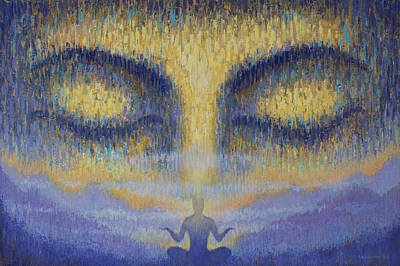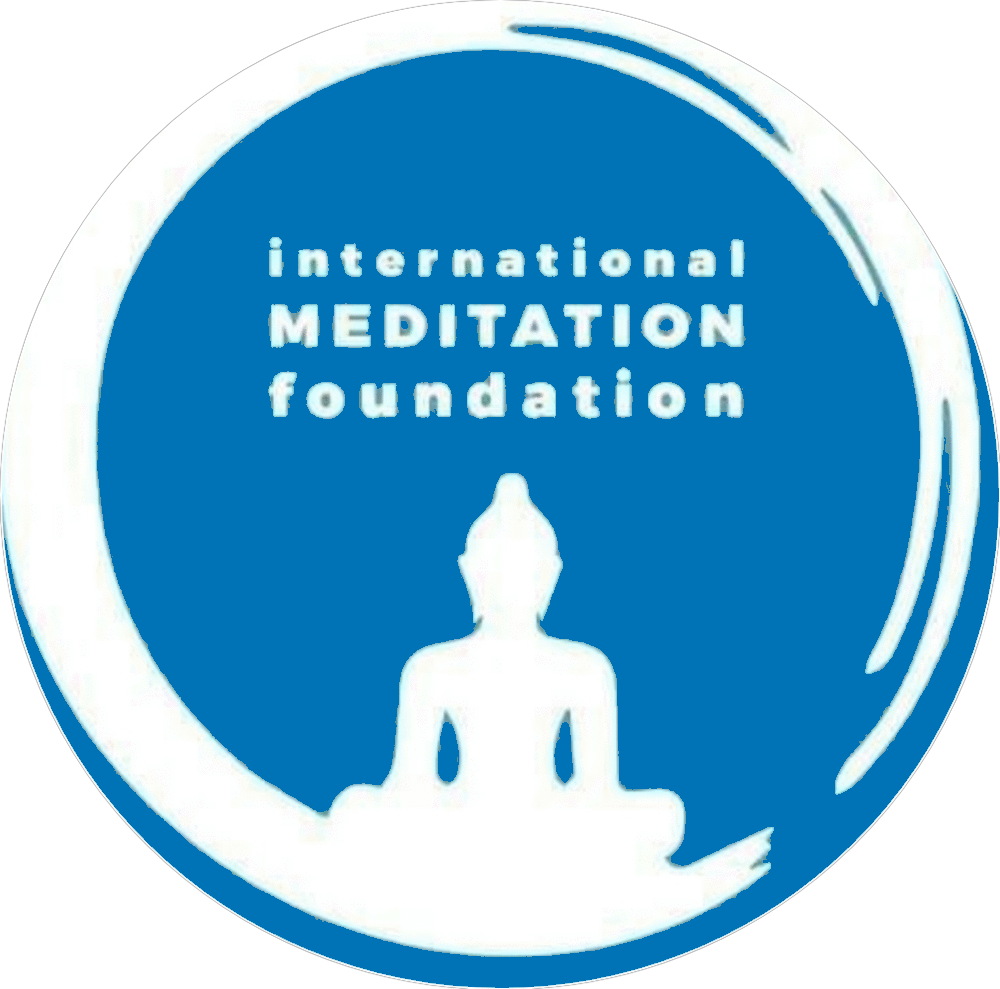Zero Mind Meditation
7 Days process
People do become silent; you just have to allow them to throw out their madness, insanity, then they themselves become silent.
Just go inwards and it is not thousands of miles away. It is only thousands of thoughts away.
It’s divided into three parts:
Stage One: Dance – 30 Minutes

Stage Two: Gibberish – One hour

Stage Three: Silence (Vipassana) – One hour

• Time Table:
13:30 to 16:00 Zero Mind Meditation Process
16:15 to 17:15 Kundlini Meditation
19:30 to 21:00 Evening Celebration
• Stage One: Dance – 30 Minutes:
Start with 30 Minute journey of meditation through primal dance. This unique experience allows your body to dissolve completely, releasing toxins and bringing deep relaxation to your mind and body.
• Stage Two: Gibberish – One hour:
In the whimsical world of Gibberish, a participant engages in a linguistic dance with a language they have no knowledge of. Uttering nonsensical phrases and words, they create a symphony of meaninglessness. As this delightful charade continues for an entire hour, a profound silence descends upon the surroundings, leaving everyone in awe of the power of gibberish.
• Stage Three: Silence (Vipassana) – One hour
In silence you freeze your body and watch whatever is happening. Here the practitioner does not use any specific object of meditation; rather, practitioners remain as much as possible in the present moment, aware of and observing what passes through their minds and around them.
• It has been observed that the silence which you will experience here after Gibberish will be a lot deeper than what you experience generally in your silent sitting meditation or in Vipassana.
• Facilitated by: Swami Advaitananda Giri and Team
Course Fees:
According to the tradition of meditation, there are no fees or charges for attending the courses, not even for accommodation and food & beverages. All expenses of the course & of running the center are met by the voluntary donations from those who have completed at least one week course with us, experienced the benefits of Meditation, and wish to share with others the same opportunity. One can choose to donate according to his free will. We never ask for it. The donations are accepted only after completing the course. It is like one person has donated for your course and after completing your course, you donate for the next person as you feel appropriate, the next person attends the course and he donates for the next person, this way the cycle goes on. Some participant donates, some are not in the capacity to donate, some wants to skip it, somehow it works very well. The donations are recommended, not compulsory. The entire team works as volunteers of Karma Yoga. The team includes teachers, servers, and trustees. None of the team members receives any remuneration for their service.
Exam Questions and Answers
- What is the primary focus during the first stage of the meditation journey?
A) Gibberish
B) Silence (Vipassana)
C) Dance
D) Primal Movement
Correct Answer: C) Dance - How long does the Gibberish stage last in this unique meditation experience?
A) 30 Minutes
B) One hour
C) Two hours
D) 15 Minutes
Correct Answer: B) One hour - What characterizes the whimsical world of Gibberish during the meditation process?
A) Silent Reflection
B) Engaging in a linguistic dance with a known language
C) Reciting known phrases
D) Uttering nonsensical phrases and words
Correct Answer: D) Uttering nonsensical phrases and words
4. What is the purpose of the Silence (Vipassana) stage in the meditation journey?
A) Engaging in silent reflection
B) Freezing the body and observing the surroundings
C) Using a specific object of meditation
D) Continuing the linguistic dance from Gibberish
Correct Answer: B) Freezing the body and observing the surroundings
5. During which stage is a profound silence said to descend upon the surroundings?
A) Dance
B) Gibberish
C) Silence (Vipassana)
D) Primal Movement
Correct Answer: B) Gibberish
6. What is emphasized about the silence experienced in the Silence (Vipassana) stage?
A) It is similar to general silent sitting meditation
B) It is shallower than the silence in silent sitting meditation
C) It is unrelated to the preceding Gibberish stage
D) It is deeper than the silence in silent sitting meditation
Correct Answer: D) It is deeper than the silence in silent sitting meditation
7. What is the overall observation about the practitioner’s state after experiencing Gibberish followed by Silence (Vipassana)?
A) The practitioner remains in a state of gibberish
B) The practitioner experiences a shallower silence
C) The practitioner enters a deeper state of silence
D) The practitioner loses awareness of the present moment
Correct Answer: C) The practitioner enters a deeper state of silence
